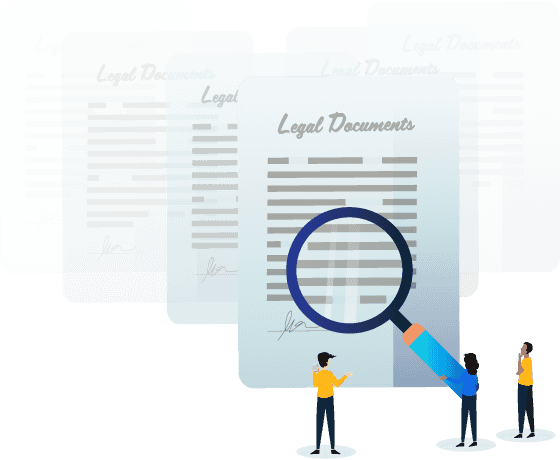Technology has significantly advanced the ease with which an employer can track employee records of hours worked. Indeed, we’re now seeing an array of options, from online logs to biometrics, that streamline the process.
Likewise, new tracking options for billable hours have reinstated a sense of confidence in professions like law and accounting.
Here is a breakdown of some of when and why you should keep hourly employee records, and some options that make this process easier.

Get your full time employment agreement now for free.
Hire your employees and protect your business with our full time employment agreement.
Get nowWhat does the law require?
Under the Fair Work Act 2009 (Cth), employers must keep employee records of the last 7 years of employment. Within these records they require:
- Payslips
- Rosters
- Timesheets
Obviously, the three overlap with certain pieces of information. Still, to ensure consistent records, the law requires all three to be kept.
These records must include information about the employee’s identity, pay-rate, overtime, leave and superannuation (depending on the record). A full breakdown of these requirements is available at the Fair Work Ombudsman’s website.
Furthermore, the law also requires that these records:
- Be in a form readily accessible to a Fair Work Inspector
- Be in an easy to understand form and in English
- Except for in the case of correcting an error, not be altered
- Not be false or misleading (and the employer knows they are)
Fortunately, the options outlined below (generally) ensure automatic compliance with these guidelines.
Tracking hourly records
By hand
While a little less convenient than any of the technology-based systems, for some people this is just their preferred method. Having your employees sign in and out by hand may create a lot of paper, but, with the right filing systems, you can ensure all the records are where they need to be. The downside is that all the information then needs to be transferred, by hand, to the other records.
Of note, we would still recommend that even with any of the below electronic systems, if feasible it is best to create backups of any records. Whether this is by printing off the records, or by backing them up to an external hard drive, don’t rely on a single copy.
Electronically
Here the employee is able to sign in and out of their shift with an ID badge. Most commonly larger-scale institutions that require some levels of security, like a hospital or financial institutions, use these. Often at the entrance, they also allow security to easily screen who enters the business premises.
Most of these systems will then send all the records to a central hard-drive, or they may be uploaded online. Whether an accountant creates the payslips, or if they are automatically generated, is dependant on the system.
Online platforms
These systems have employees signing in and out of work with an ID and password. Generally, though an online ‘clock’, these are a great option for small businesses who pay employees at hourly rates as they allow accurate records like with an electronic system, but generally at more affordable costs. Likewise, the infrastructure required is significantly less.
Depending on the platform, some also allow for employees to sign in and out of breaks for even greater accuracy. Thus, ensuring greater compliance with Fair Work requirements.
Generally, these systems include a central online system where all the records are stored. Here the manager can then access any data when necessary, and most records like payslips etc. are automatically generated. Likewise, many include the function for employees to request leave, update details and monitor pay for themselves.
Biometrics
The main options that exist here are for employees to sign in and out via a fingerprint or a face reader. The key benefit here is for security purposes. However, even for small businesses, this option may prove useful to avoid time-fraud by employees.
These systems, much like the electronic systems, will upload all the necessary information to a central system.
Time-tracking for billable hours
These applications are targeted towards law and accounting firms, but, depending on your business, could be used by anyone. Their role is to automatically track certain functions within your business. For example, the time is taken for a call, to write an email or perform a research task. Not only are these beneficial to the client, but similarly provide accurate statistics for the business.
While these apps are likely less relevant for a majority of businesses requiring employee hourly records, they are still worth considering.
Conclusion
Employee hourly records are a necessity for promoting fair work within Australia. Beyond that, for the individual, a lack of compliance will result in heavy fines and civil suits by employees. Fortunately, an array of options now exist to streamline the process. Nonetheless, even if online records exist, we would always recommend keeping hard copies of any records on hand (better safe than sorry).
If you are unsure of whether the record you are currently keeping is compliant with the law, we recommend contacting a lawyer to review and discuss your current practices.





